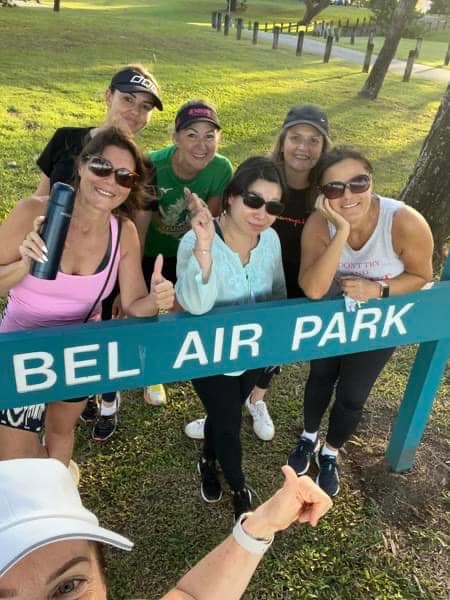
What is proprioception?
Enhancing Body Awareness and Injury Prevention through Proprioception Training Proprioception, often referred to as body awareness, plays a crucial role in our ability to sense

Injuries are unavoidable. Whether it’s your knee, ankle, or hip, you need to follow a systematic return to running protocol to ensure that you’ve built up the adequate strength to run. Getting back to running after an injury without a plan is like running a marathon without building up your mileage. It puts your body at increased risk of future re-injury!
After an injury, the tissues (tendons, muscles, ligaments, etc) that were hurt are more sensitive to stress. What this means is that “easy” 10k run you used to do might not be a cakewalk for your tissues anymore! When it comes to getting back to running, it’s all about gradually applying the load and stresses to your body in a systematic manner – a term called graded exposure. By applying load/stress in a graded way, you not only give time for your body (and brain) to adapt to the demands, but you also allow yourself to objectively determine how much running you can actually handle
So, if the goal is to get back to running a 10k again, it’s most advisable to start with a smaller run, something like a 1k run would be perfect. Run that a few times and get used to it, and then slowly increase your mileage from there. For someone that is returning to running for the first time after surgery or a big injury, it may be advisable to start with even smaller increments.
A lot of people think that you can just grab a pair of shoes and start running, which can be true. However, failure to prepare may set you up for failure. “You don’t run to get fit, you have to be fit to run.” Without proper training, education, and an understanding of healthy running hygiene habits, issues may arise that can keep you from running.
It is important to listen to your body after an injury, especially with an arduous physical activity like running. Jumping back into training too quickly can lead to a vicious cycle of re-injuries. There is a systematic and approachable way to increasing your activity gradually after an injury while also working on what may have led to that injury in the first place! Combining a slow increase in your return to running plan as well as specific exercises to bulletproof your body for running will help you not only optimise performance but prevent further injuries down the road!

Enhancing Body Awareness and Injury Prevention through Proprioception Training Proprioception, often referred to as body awareness, plays a crucial role in our ability to sense

Hi, I am Andi and I am holistic rehabilitation and movement coach/trainer. I help clients to achieve a healthy, fit body and pain-free lifestyle. Rehabilitation

The vagus nerve is one of 12 cranial nerves in the body. It’s responsible for various bodily functions, including digestion, heart rate, and breathing. Some

The menopause transition is a slippery slope for muscle loss. Here are some key reasons to lift weights to make and maintain as much muscle

Walking with weights can involve either wearable weights or hand weights such as dumbbells. Learn about the different types of weights you can add to

Dear clients ask almost every day how they “need” to sleep. Is there any golden rule for this too!? But there isn’t. Everyone has to